The Evolution of Photography: From Film to Digital
- dynifyco
- Nov 9, 2024
- 3 min read
Updated: Nov 11, 2024
Hello! I'm Suzanne Bedford, a professional photographer based in Yorkshire with over 33 years of experience. My love affair with photography began in the era of film and has seamlessly transitioned into the digital age. Join me on a journey through the evolution of photography, sprinkled with personal anecdotes and professional insights. Whether you're a budding photographer or looking for a seasoned pro to capture your special moments, this tale is sure to inspire.

The Film Era
Ah, the good old days of film photography! There was something truly magical about it. Let’s dive into the nitty-gritty of how we used to do it.
Film Loading
Medium format cameras, like my trusty Mamiya RB67, used roll film. Loading these beauties was a bit of an art form. You'd open the back, carefully insert the film spool, thread it through the camera, and secure it onto the take-up spool. It was a hands-on process that made you feel connected to every shot.
Framing and Focusing
Composing a shot involved peering through viewfinders or ground glass screens. Focusing was manual—no auto-focus here! You had to get it just right, especially for weddings and portraits where there were no second chances. Imagine the thrill and pressure of knowing you had to nail the shot perfectly!
Exposure Control
Back then, understanding exposure was crucial. Medium format cameras offered manual settings for aperture, shutter speed, and ISO. Photographers like me often relied on handheld light meters or sheer experience to get the exposure spot on.
Depth of Field Management
With larger film sizes, depth of field characteristics were different. Mastering aperture settings to control focus and achieve the desired effect was essential. Whether it was a dreamy portrait or a sprawling landscape, you had to know your stuff.
Film Handling and Processing
Handling medium format film required delicate care to avoid damage or light leaks. After shooting, we’d rewind the film into its protective cartridge before removing it. Developing film involved either a darkroom or specialised labs, adding to the anticipation of seeing the final images.
Composition and Visualisation
Medium format photography encouraged careful composition due to the larger negatives. Pre-visualising scenes and composing shots to capture detail and nuance was an art form in itself.
Technical Proficiency
Using these cameras demanded technical skills, from operating the camera to managing exposure and handling film. It was a craft honed through practice and experience.
The Challenges of Changing Film Backs
In the digital age, changing ISO settings is a breeze. But with medium format film cameras, changing film speeds involved physically swapping film backs. This required planning and precision, often disrupting the flow of a shoot and adding to the gear's weight and bulk.
The Artistic Benefits
Despite the challenges, many photographers cherished the control and intentionality that film brought. Every decision about film type and ISO was deliberate, resulting in more thoughtful and artistic photography. This tangible connection to the craft is something many still value.
The Digital Revolution
The shift to digital photography was a game-changer. Suddenly, photography became accessible to everyone, and the industry transformed overnight.
Accessibility and Affordability
Digital cameras eliminated the need for expensive film and development processes. Suddenly, anyone could take thousands of photos without worrying about costs. Smartphones with advanced cameras put powerful tools in everyone's hands.
Online Platforms and Social Media
Platforms like Instagram and Flickr allowed photographers to share their work with a global audience. This created vibrant communities where photographers could learn, get feedback, and find inspiration.
The Impact on Professional Photography
While digital technology democratized photography, it also brought challenges. The influx of amateur photographers increased competition, but it also pushed professionals to innovate and improve.
Final Thoughts
The journey from film to digital has been nothing short of amazing. For professionals like me, it's meant constantly learning and adapting, but always cherishing the roots of our craft.
Where will photography go next with the latest technology? Will AI enhance our creativity, or perhaps virtual reality will offer new ways to capture and experience moments? The possibilities are endless, and I'm excited to see where this ever-evolving art form will take us.
Fancy a chat about your next photoshoot? Get in touch and let's create something beautiful together!
Photography is not just about taking pictures; it’s about telling stories. Whether you’re looking for timeless film techniques or modern digital flair, I’m here to bring your vision to life. Let’s capture those special moments with style and grace!



Comments